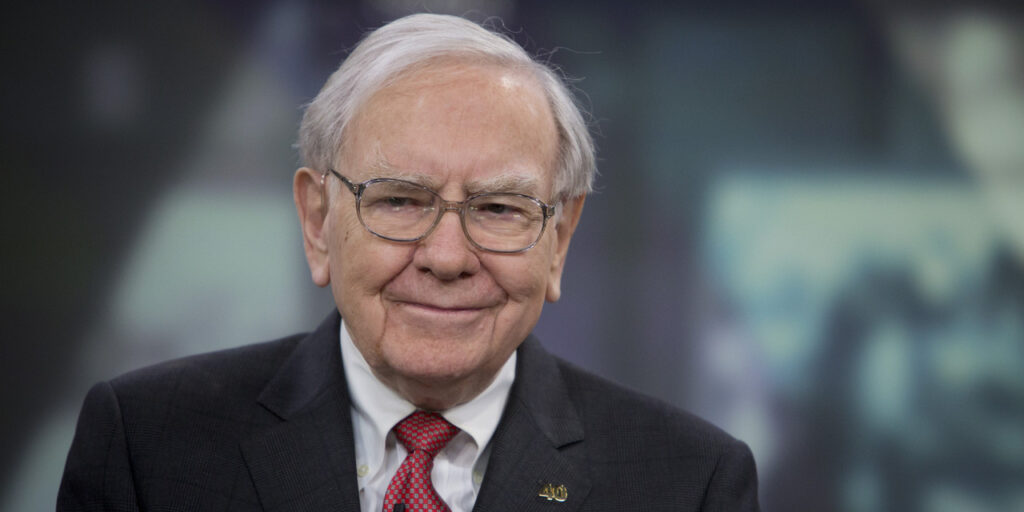Warren Buffett, the Oracle of Omaha, has built an empire on shrewd investments and timeless business principles. As he approaches his twilight years, the spotlight has intensified on his succession plan for Berkshire Hathaway, with Greg Abel firmly positioned as the heir apparent. While the scale of Berkshire is monumental, the underlying principles of Buffett’s succession strategy offer invaluable lessons for small business owners grappling with their own futures and the eventual handover of their hard-earned ventures. For many, succession planning is delayed or overlooked, yet it can determine whether a business thrives beyond its founder or falters during transition.
Buffett’s deliberate and thoughtful approach to succession isn’t just about naming a replacement; it’s about ensuring the longevity and continued success of the enterprise. If you’re a small business owner who is deeply intertwined with your company, you can glean crucial insights from the Oracle’s playbook to navigate your own succession journey effectively.
Lesson 1: Start Early – Don’t Wait for the Eleventh Hour
Buffett has been contemplating his succession for years, a testament to proactive leadership. Many small business owners delay this crucial planning, often because they’re consumed by the daily demands of running the business or feel a strong emotional attachment to their life’s work.
The Takeaway: Succession planning shouldn’t be an afterthought. Start thinking about your eventual exit strategy early in your business’s lifecycle. This enables a more gradual and thoughtful process by providing ample time to identify, mentor, and transition leadership.
Lesson 2: Identify and Develop Successors who Reflect Your Company’s Values
Warren Buffett’s long-term consideration of Ajit Jain and Greg Abel demonstrates the value of thoughtfully identifying and nurturing future leaders from within. Rather than making a last-minute decision, Buffett observed their performance over the years, evaluating their leadership, expanding their responsibilities, and ensuring they deeply understood the business. His ultimate choice of Greg Abel emphasized alignment with Berkshire Hathaway’s culture and values.
The Takeaway: Future leadership should be built, not found. Look for team members who show the capability, drive, and alignment with your company’s mission. Whether it’s a loyal employee, family member, or trusted partner, invest in their development early. Crucially, choose someone who embodies the spirit of the business because cultural alignment is what helps a legacy last.
Lesson 3: Implement a Gradual and Thoughtful Transition
Buffett doesn’t view succession as a quick handover, but as a carefully planned, long-term strategy. Greg Abel has been in key leadership roles for years, progressively gaining more responsibility and exposure to the entirety of Berkshire’s operations. This methodical transition allows for a smooth transfer of knowledge, relationships, and strategic understanding.
The Takeaway: Avoid abrupt changes in leadership. Implement a phased transition plan that allows your successor to gradually take on more responsibilities while you remain available for guidance and support. This provides continuity for employees, customers, and stakeholders, minimizes disruption and maximizes the chances of a successful handover.
Lesson 4: Clearly Define Roles and Document Key Processes
Though Buffett has named Greg Abel as his successor, the continued importance of figures like Ajit Jain highlights the value of distributing responsibilities to leverage key strengths. At Berkshire, robust systems support this structure, something small businesses must intentionally build. When institutional knowledge resides primarily with the owner, documenting core processes, client relationships, and strategic thinking is essential for a smooth transition.
The Takeaway: Clearly outline leadership roles and areas of responsibility such as operations, finance, and client management to avoid confusion and ensure accountability. Document key processes and decision-making frameworks so successors can lead effectively and maintain continuity after your departure.
Lesson 5: Communicate Openly and Transparently
Buffett’s explicit announcement of Abel as his successor, while not a complete surprise, provided much-needed clarity to investors and stakeholders. Open communication builds trust and reduces uncertainty during a period of change.
The Takeaway: Be transparent with your employees, customers, and other stakeholders about your succession plans. Clearly communicate the timeline, the chosen successor, and the rationale behind the decision. This helps to alleviate anxieties and fosters confidence in the future of the business.
Lesson 6: Seek External Advice When Needed
Buffett, despite his vast experience, relies on a strong board of directors. As a small business owner, you can also benefit from seeking external advice from mentors, advisors, or consultants during the succession planning process.
The Takeaway: Don’t hesitate to seek guidance from experienced professionals who can provide objective perspectives and help you navigate the complexities of succession planning. This could include legal counsel, financial advisors, or business consultants.
Lesson 7: Focus on the Long-Term Legacy
For Buffett, succession planning is about more than finding a replacement—it’s about safeguarding Berkshire Hathaway’s continued success by choosing someone who can lead with vision and stability for the long term.
The Takeaway: Your legacy is the heart of your succession plan. Ground your transition in the goals that matter most to you—whether it’s protecting your team, your values, or your impact—and ensure the future reflects the path you’ve paved.
Conclusion: Building a Legacy That Lasts
While small businesses may not have the same scale as Berkshire Hathaway, the fundamental principles of Warren Buffett’s succession planning are universally applicable. Succession done right takes time, intention, and trust. By starting early, developing the right people, and prioritizing cultural alignment and clear communication, you can set the stage for a smooth transition and a lasting legacy. Buffett’s approach offers more than inspiration; it provides a practical blueprint for passing the torch without losing what made the business successful in the first place.
Important Disclosures: This article is not intended to provide and you should not rely upon it for accounting, legal, tax, insurance or investment advice or recommendations. This article is intended to be educational in nature and to discuss limited aspects of very complex subject matters. This article is not a comprehensive or complete summary of all considerations regarding its subject. We recognize that every individual has different needs and the opinions expressed in this article may not be appropriate for everyone. Please consult with a Freestone client advisor, insurance provider, accountant, or lawyer regarding options specific to your needs.

About the Author: Bobby Gentry, CFP®
Bobby joined Freestone Capital Management as a Client Advisor in 2017. Bobby uses his competitive nature and his passion for helping people to pursue the best outcomes for his clients in all aspects of their financial lives. Helping high net worth families manage their wealth has been the sole focus of Bobby’s professional career. Prior to working at Freestone, he worked at Merrill Lynch as a Wealth Management Advisor.
